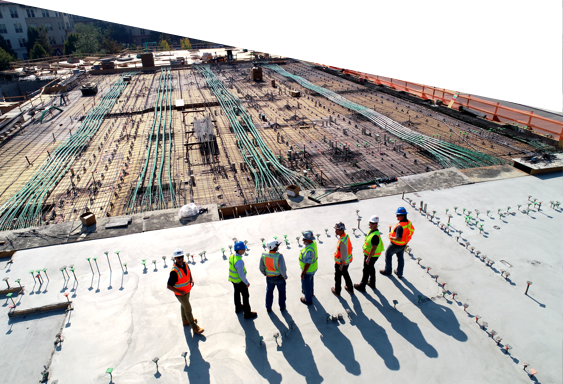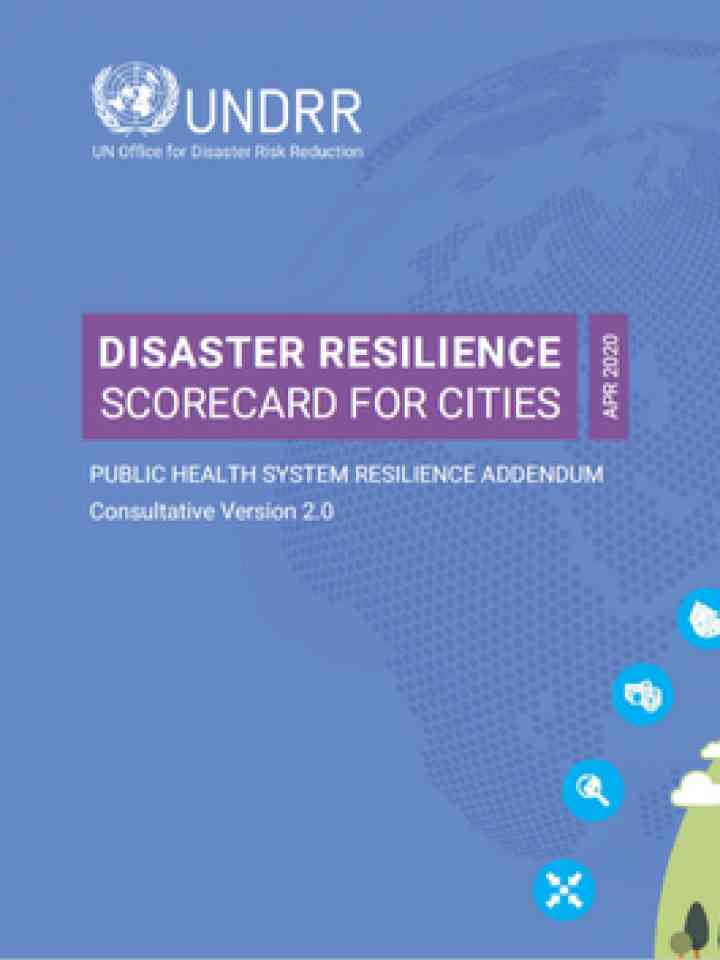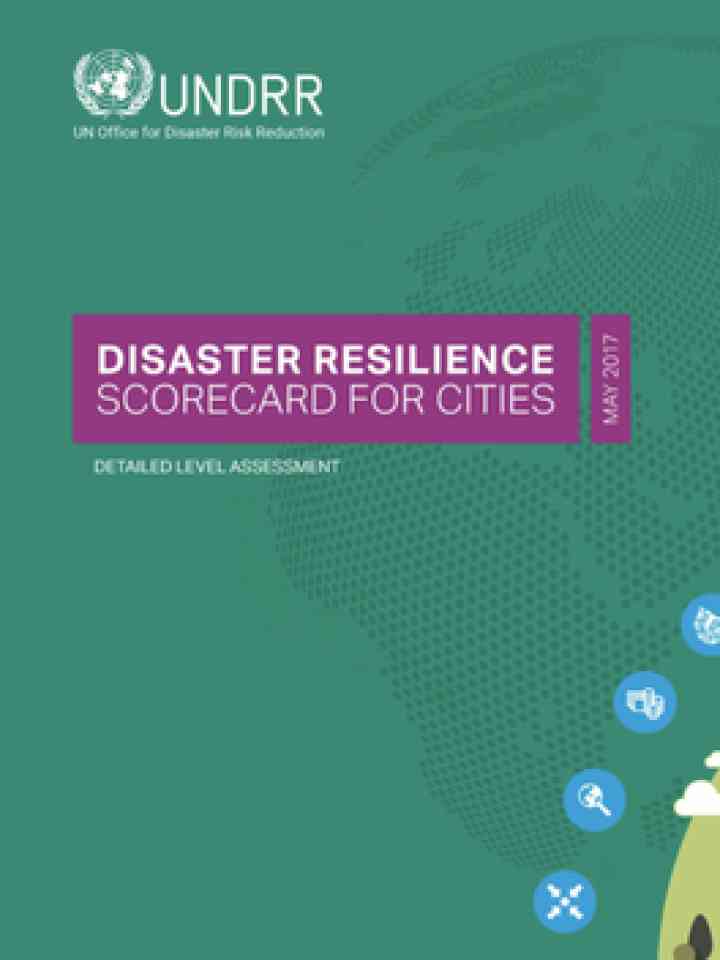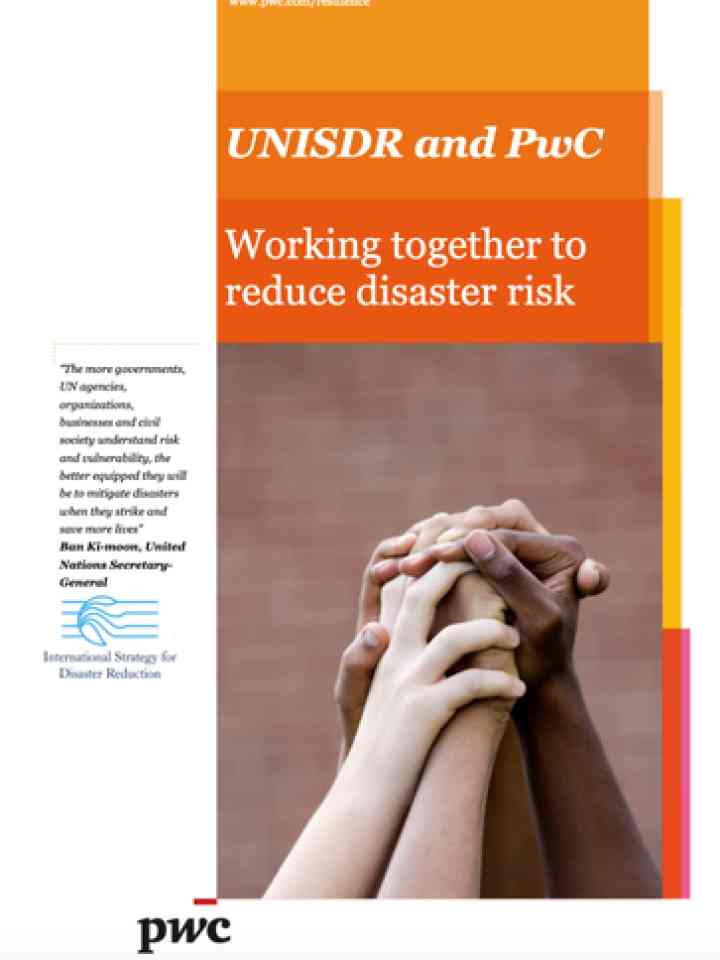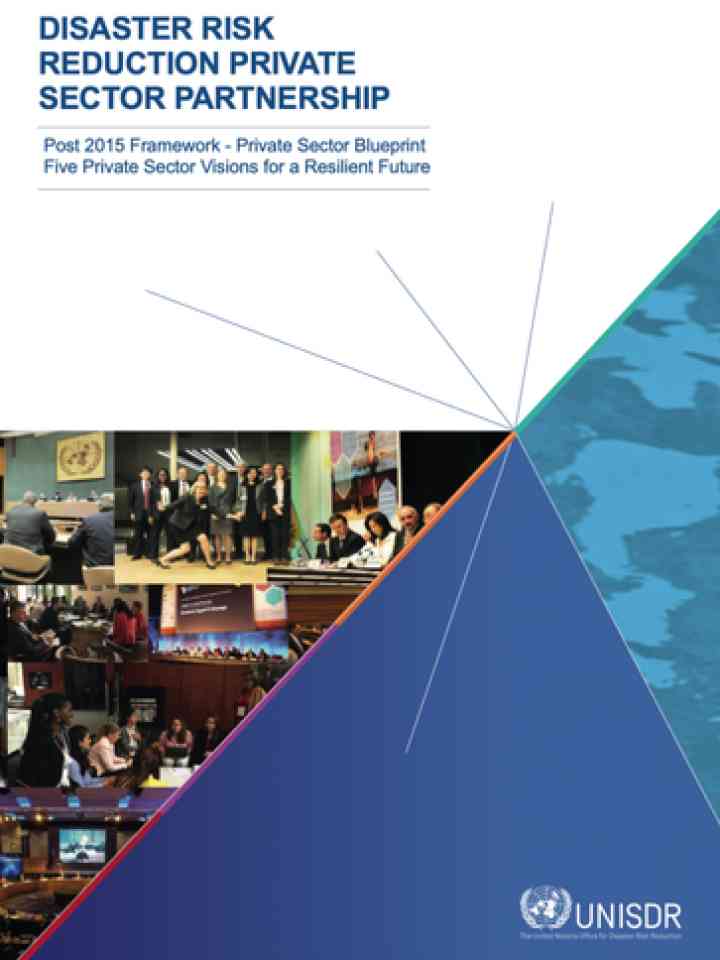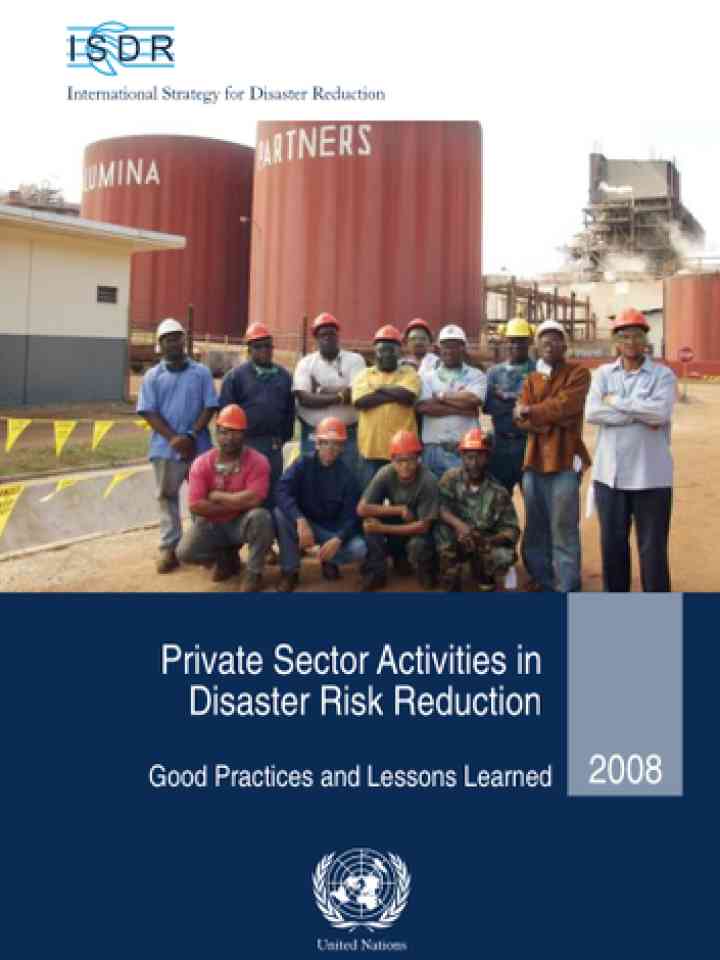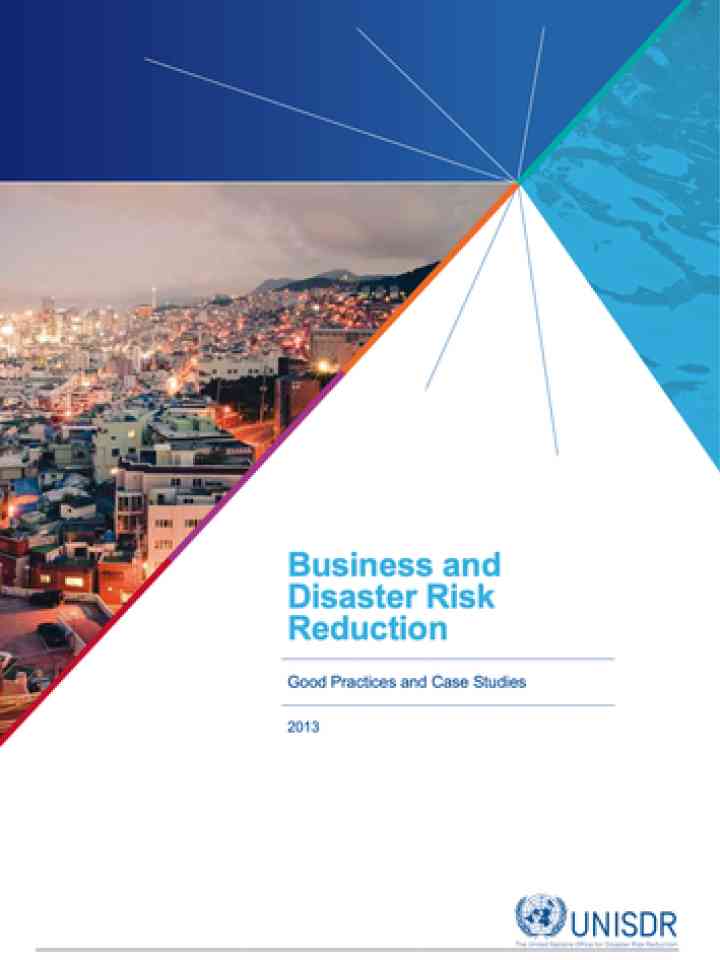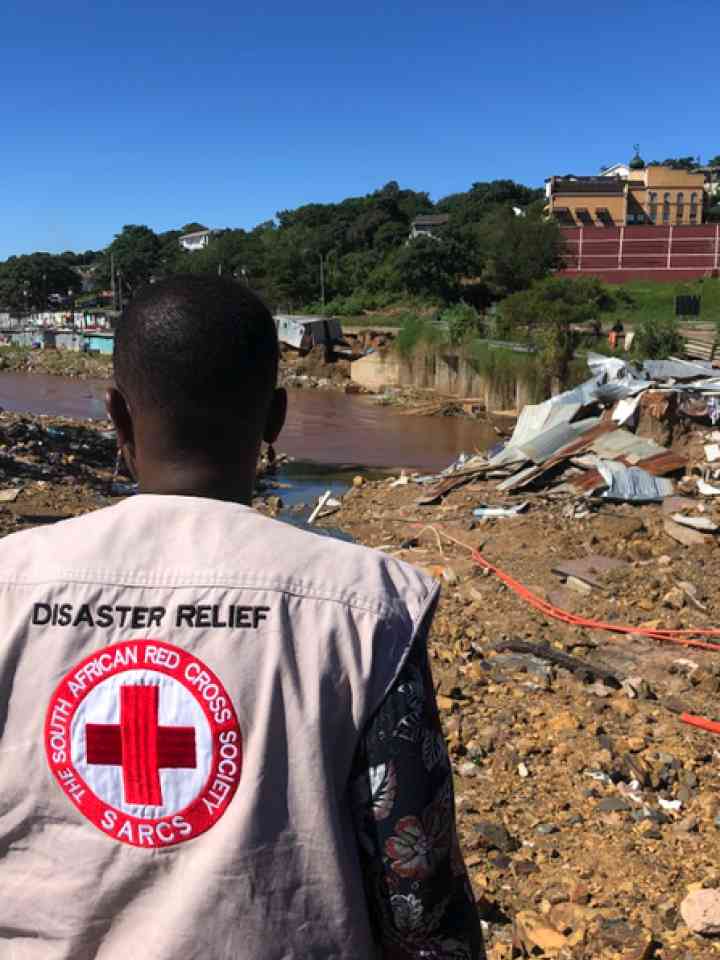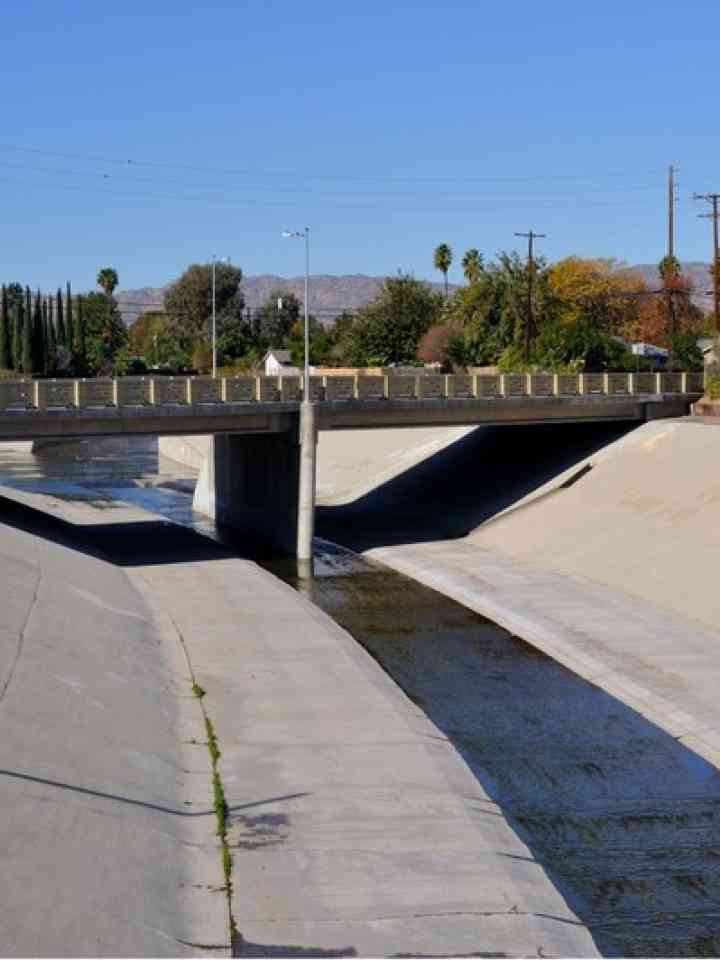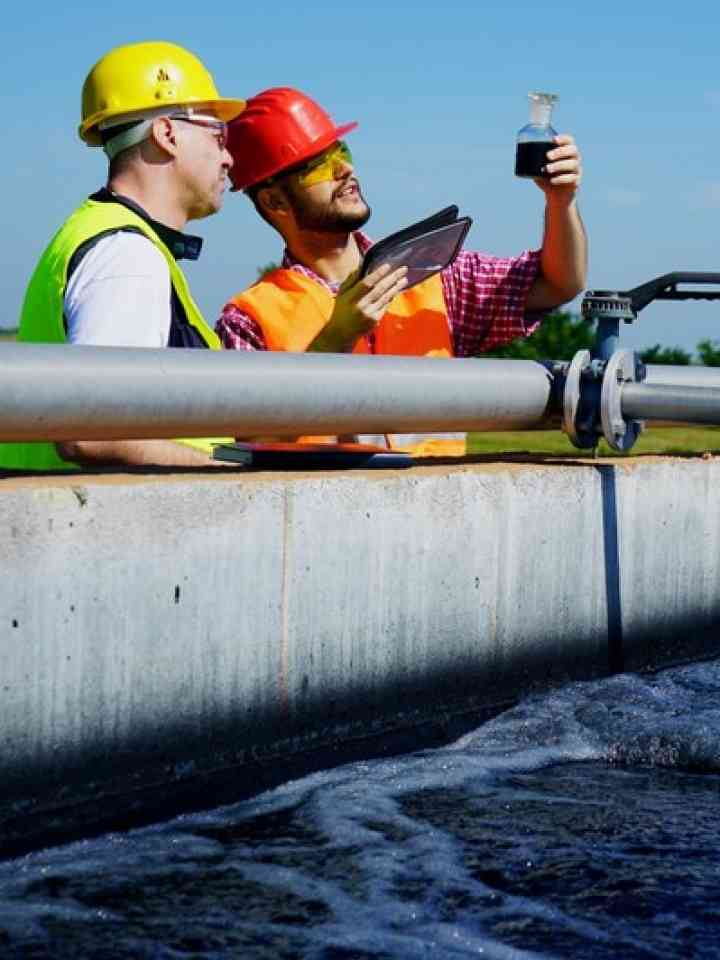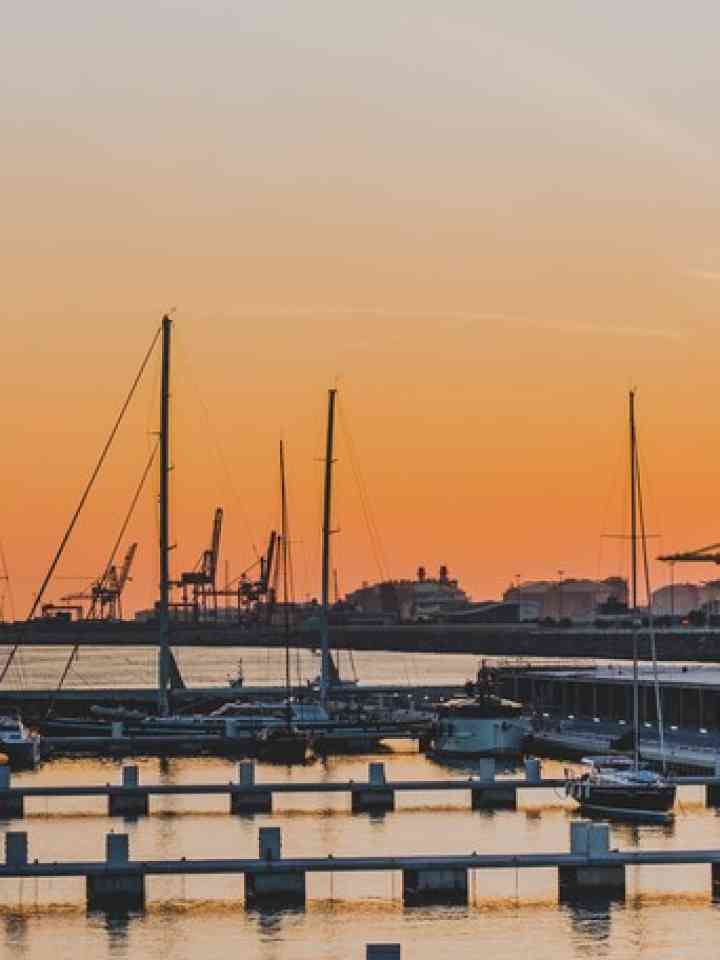Learn
Economic growth and community well-being are directly impacted by disasters.
As key members of communities and drivers of growth, private sector companies have an important role to play in reducing disaster risk. As threats to communities and economic livelihoods increase, the private sector continues to grow its understanding of where to adapt and respond.
Jump to: Priorities Good Practices Tools Case Studies
Share your work
ARISE members can publish disaster risk reduction events, good practices, stories, or case studies about their work to this website.
ARISE Priority Areas
Private sector companies, both large and small, recognize the growing importance of disaster risk reduction on value chains and bottom lines. The following four priority areas will play a critical role enabling the private sector to reduce disaster risk in the coming years.

Insurance
Incentivizing disaster risk reduction and enhanced data for risk-informed decision-making through engagement with the insurance industry as global risk manager.
Good practices from ARISE members
ARISE is a key vehicle to leverage the private sector's expertise and to ensure that business itself is fully aware of hidden risks and acts to reduce the risks it faces. Showcasing good practices is a powerful tool in this process.
Submit a good practice
ARISE members can publish a good practice to this website.
Resources for members from ARISE
Here you will find resources produced by ARISE networks, members and partners on the ARISE four priorities for the private sector ARISE structure and organization.


